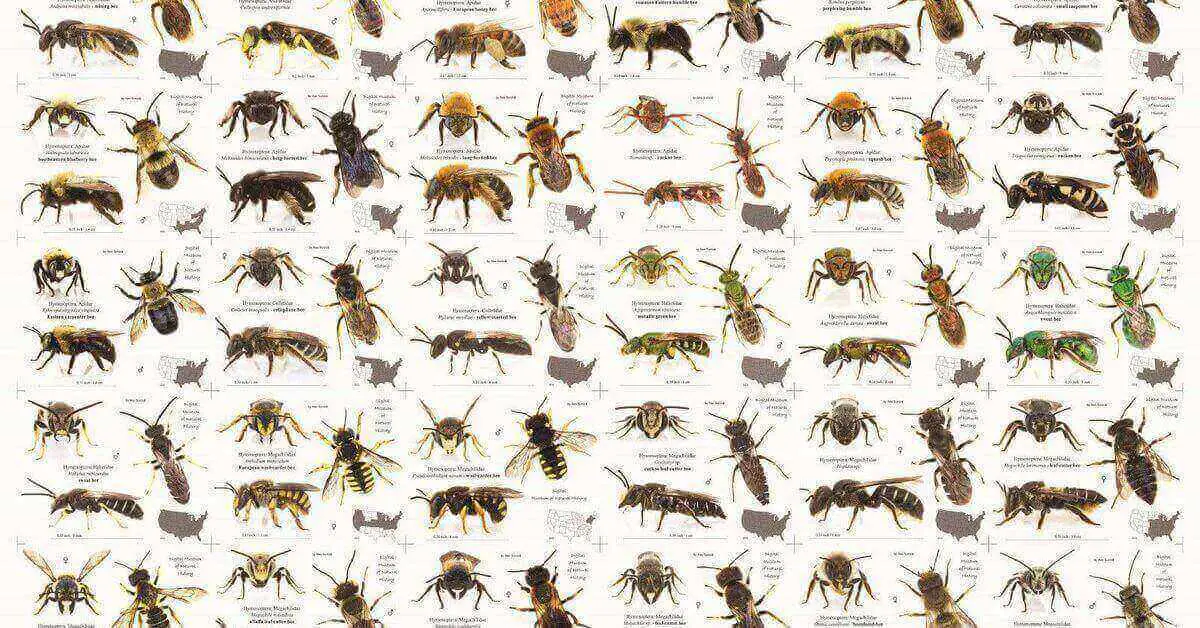Bumblebees are generally docile creatures and are not aggressive like some other stinging insects. However, they do possess the ability to sting if they feel threatened or provoked. Both male and female bumblebees have the capability to sting, but they are not known to be as aggressive as their counterparts, such as honey bees or wasps.
What happens if a bumblebee stings you?
When a bumblebee stings a person, it injects venom through its stinger. The sting can cause immediate pain, followed by localized swelling, redness, and itching. The severity of the reaction varies from person to person, with some experiencing mild symptoms and others having more pronounced reactions.
What does a bumblebee sting look like?
The appearance of a bumblebee sting is similar to other insect stings. It usually appears as a raised bump or a red welt at the site of the sting. In some cases, the area around the sting may become inflamed and tender to the touch. It is important to note that a bumblebee’s stinger does not remain in the skin after a sting, unlike honeybees.
Bumblebee Sting Treatment
If you are stung by a bumblebee, there are several steps you can take for treatment. First, remove the stinger if it is still present by scraping it off gently with a flat object like a credit card. Avoid squeezing or pinching the stinger, as this can release more venom. Clean the area with mild soap and water, then apply a cold compress or ice pack wrapped in a cloth to reduce swelling and alleviate pain. Over-the-counter antihistamines and pain relievers can also help manage symptoms.
Related Post:
- What is Black Bumble Bees? How to Get Rid of them.
- Do Bumble Bees Make honey & Fact’s
- Queen bumble bee: How Is It Different From Other bees?
- Black Bees: Difference b/t Bumble & Carpenter Bees.
Male vs Female Bumblebee
In terms of the differences between male and female bumblebees, both genders have the ability to sting. However, male bumblebees are generally less likely to sting than females. Male bumblebees, also known as drones, lack a stinger altogether. They are not equipped with a stinger designed for defense, and their primary purpose is to mate with the queen. The stinger is actually a modified ovipositor, an organ used for egg-laying in other insects. Female bumblebees, on the other hand, are the ones responsible for nest building and foraging, so they may sting if they perceive a threat to their colony or themselves.
Can Bumble Bees Sting More Than Once?
Unlike honeybees, bumblebees have a unique ability to sting multiple times. When a bumblebee stings, its stinger does not become embedded in the target’s skin. Instead, it remains intact, allowing the bee to withdraw and sting again if necessary. This is due to the absence of barbs on the bumblebee’s stinger, unlike honeybees, whose barbed stingers detach from their bodies after a single sting. Consequently, bumblebees can deliver repeated stings if they perceive an ongoing threat.
Do bumble bees die when they sting?
Contrary to honeybees, bumblebees do not die after stinging. They have a smooth stinger that does not get lodged in the skin, allowing them to sting multiple times if necessary. This is different from honeybees, which have barbed stingers that remain in the skin and cause the bee to perish when they attempt to withdraw the stinger.
Do bumble bees bite?
Bumblebees do not typically bite humans. Their primary defense mechanism is their stinger, which they use to deter potential threats. Biting behavior is not a typical characteristic of bumblebees.
Conclusion
Bumblebees do possess the ability to sting, but they are generally not aggressive. If stung, the reaction can vary from person to person but typically includes pain, swelling, and itching. Treatment involves removing the stinger, cleaning the area, and using cold compresses. Both male and female bumblebees can sting, but females are more likely to do so. Unlike honeybees, bumblebees do not die after stinging, and they do not typically bite humans.




